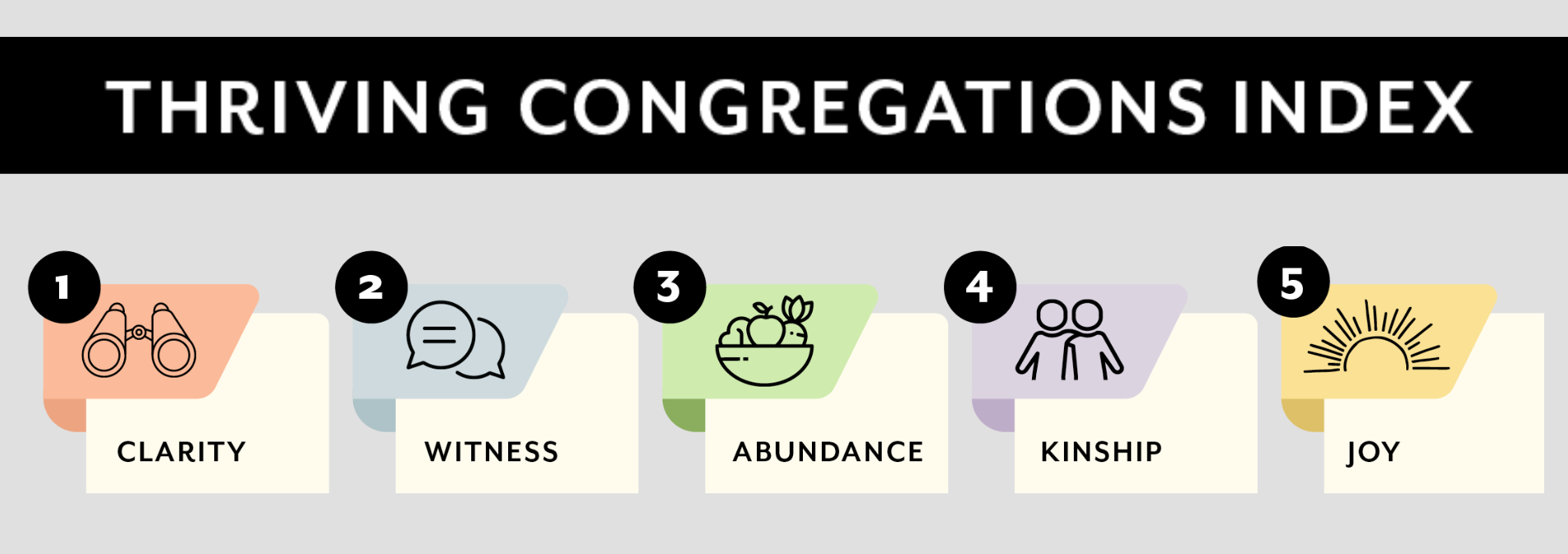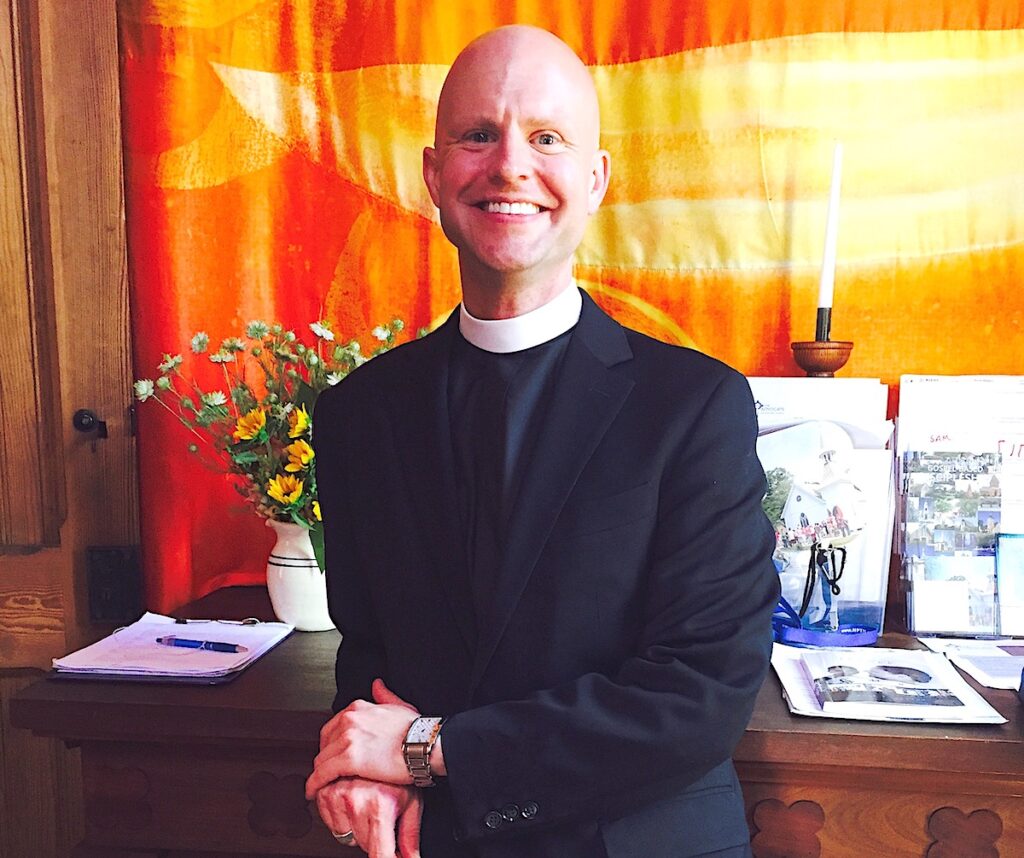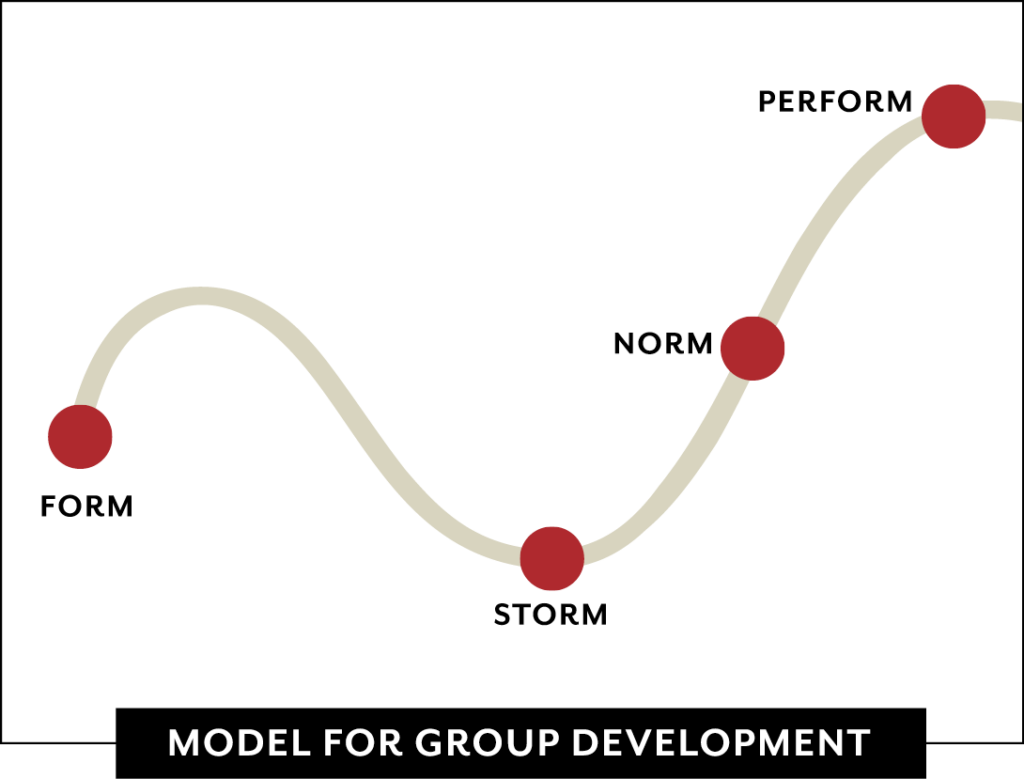
By Lindsay Peyton
The Texas Conference has recently received news of a $1.25 million award from Lilly Endowment Inc., a private foundation based in Indianapolis that supports the causes of community development, education and religion.
Rev. Deborah Hawboldt, the Conference Director of the Center for Leadership Formation, applied in June to Lilly Endowment’s Thriving Congregations Initiative.
The proposal represented the culmination of months of research, brainstorming, and development. Under Hawboldt’s leadership, lead author Rev. Brandi Horton, Executive Pastor at St. Paul’s UMC in Houston and Rev. Ben Burnside, leader of clergy recruitment and development in the Conference Center for Leadership Formation assembled a larger team of laity and clergy who helped design, craft and edit what would become the “The Parish Project” proposal.
“The Parish Project” is a cohort-based congregational learning program with the ultimate goal of fueling outward-focused ministries. It also included a whole new matrix for measuring church vitality.
The grant was submitted on June 23, and about six months later, on Nov. 17, Hawboldt opened the email, announcing the foundation’s support.
“To see those words that we had received the grant was just so exciting,” Hawboldt said. “This is going to be a gamechanger for the conference and its churches.”
“It is wonderful to know that Lilly Endowment supports the ministry of the Texas Annual Conference and has chosen to make such a substantial investment in our future,” Bishop Harvey said. “I’m really excited that The Parish Project can begin, and I know great things will come out of this work.”
“Following a year and a half of upheaval with disaffiliations, as well as the pandemic, and facing a dramatically reduced conference budget, this infusion will greatly help our congregations,” Hawboldt said.
The Texas Annual Conference is one of 105 organizations nationwide, which reflect a wide variety of Christian traditions, that have received grants through the Thriving Congregations Initiative.
“Congregations play an essential role in deepening the faith of individuals and contributing to the vitality of communities,” Christopher Coble, Lilly Endowment’s vice president for religion, said in a press release. “We hope that these programs will nurture the vibrancy and spark the creativity of congregations, helping them imagine new ways to share God’s love in their communities and across the globe.”
Helping churches thrive in this time
The Texas Annual Conference has long recognized the outstanding achievements of Lilly Endowment – and has been supported by grants from the foundation in the past.
A 2009 grant from the Endowment helped to create the conference’s Advancing Pastoral Leadership (APL) program, which is open to all United Methodist elders in the South Central Jurisdiction, who have demonstrated excellence and fruitfulness in their ministry, and have at least 30 years of potential remaining service to the United Methodist Church. APL has changed the Texas Conference and the trajectory of young clergy over the last decade. The 12th cohort of APL participants began in 2023.
The Endowment’s Thriving Congregations Initiative focuses on the health of the entire congregation – helping enhance connections, deepen relationships with God, and contribute to the vitality of the surrounding communities.
Many conversations helped form the proposal. Conversations with the Cabinet and six focus groups were held in March and April including 60 participants, all laity from various geographic regions in the Conference.
The conversations revealed a clarity of who they were and why they were choosing to be United Methodist. There was hope and excitement and a readiness to do what’s next.
Developing new markers for church vitality
Rev. Horton led several of the focus groups and also observed that participants were experiencing a new sense of reinvigoration, reinvention and reimagination. “With the pain and loss was this incredible sense of hope and possibility,” she said.
Knowing that churches were ready for change and yearned for new tools for success drove Horton forward. “This became a passion project,” she said. “I knew what was possible in the Texas Conference. I knew what was possible with the funding from the Lilly Endowment. And I knew our churches needed it.”
The designers or the proposal asked questions of themselves. “What do we want to learn? How do we create a frame that optimizes learning?” The writing team was insistent that outward-facing ministries be the goal believing that if you create thriving in the congregation, then that should be felt in the community, the county, the state. It should have a ripple effect. A structure was developed – the Kingdom, the community and the congregation.
“The order matters,” said Horton. “Too often we think the other way around, focusing on the church first, instead of the Kingdom. We have to flip the model to really get clarity.”
That’s when the realization came that the old metrics for accessing church health needed to expand, instead of solely looking at membership or attendance numbers to judge a congregation’s vitality.
“We came to the conclusion that what we currently have in place does not work,” Horton said. “It’s really from a previous era.”
Developing new markers for congregational vitality became a central feature of the grant.
The resulting “Congregational Thriving Index” includes clarity, witness, abundance, kinship and joy.
Horton explained that clarity includes clearly identifying a church’s unique mission field and understanding what the church is called to be outside its walls. Witness refers to how the church is telling its story of transformative faith and engaging with neighbors.
Abundance is a measure of how churches talk about resources and acknowledging God’s presence, and kinship is about developing abiding relationships with the community. Joy acknowledges laughter, the power of play and a spark that grows contagious.
Developing this index will give churches a way to understand successes that might have been overlooked in the past.
“If we can give them eyes to see the ways we are already thriving– the ways the Spirit is moving – then there is a possibility for even more thriving,” Horton said.
The Conference received many letters of support, from TMF, from SMU Perkins, from the Permanent Endowment Fund (PEF) of Moody Methodist Church and from Bishop Janice Riggle Huie.
Launching the Parish Project

A facilitator for the project has been selected – Nathan Kirkpatrick, a principal consultant of Saison Consulting and an Episcopal priest. He has served as the managing director of both the Alban Institute (2014-2021) and Leadership Education at Duke Divinity School (2007-2021).
Kirkpatrick specializes in congregational transformation and has a passion for this type of project bringing what is new and emerging in the Conference.”
Kirkpatrick will begin writing the curriculum for the project and developing its scope.
The next step will involve developing the first cohort, with a goal of launching in September. There will be between three and five congregations invited to join the process, which will include retreats, meetings, learning experiences and individual projects.

Churches will also receive six months of additional coaching and will have the opportunity to apply for seed money to start ministries at the end of the process.
“We’re looking for congregations who are ready to do the work,” Horton said. “The Cabinet will weigh in on the selection.”
After the first cohort, an evaluation period is planned to better understand the process and determine how to adapt the process for great success.
The following cohorts will be a combination of invitation and application. Horton said the congregations will be selected either based on region or other commonality, like missional congruency.
Rev. Hawboldt explained that each cohort’s discoveries will be shared with the Conference to make a positive impact far and wide.
“We are now dreaming about how we can impact the entire Conference,” Hawboldt said. “We’re beginning by helping congregations. The next piece of this is how we can spread that through the Conference – and have a whole Conference full of healthy and thriving churches.”
“This is good news not just inside our churches but outside churches too,” Hawboldt said. “As United Methodists, we are about personal piety and also a social witness. It’s two sides of the same coin. Developing a personal relationship with Christ allows us to look outside ourselves.” The Parish Project name was inspired by John Wesley’s belief that the whole world is his parish.
The project proposal states, “We believe this will create the conditions for risk-taking, imagination-expanding, resilient ministry within the Texas Annual Conference that transforms the Church and the world.”
See the press release for additional information.
Learn more about the Texas Conference’s Center for Leadership Formation:
www.txcumc.org/leadership-formation
Lilly Endowment Inc.
www.lillyendowment.org
